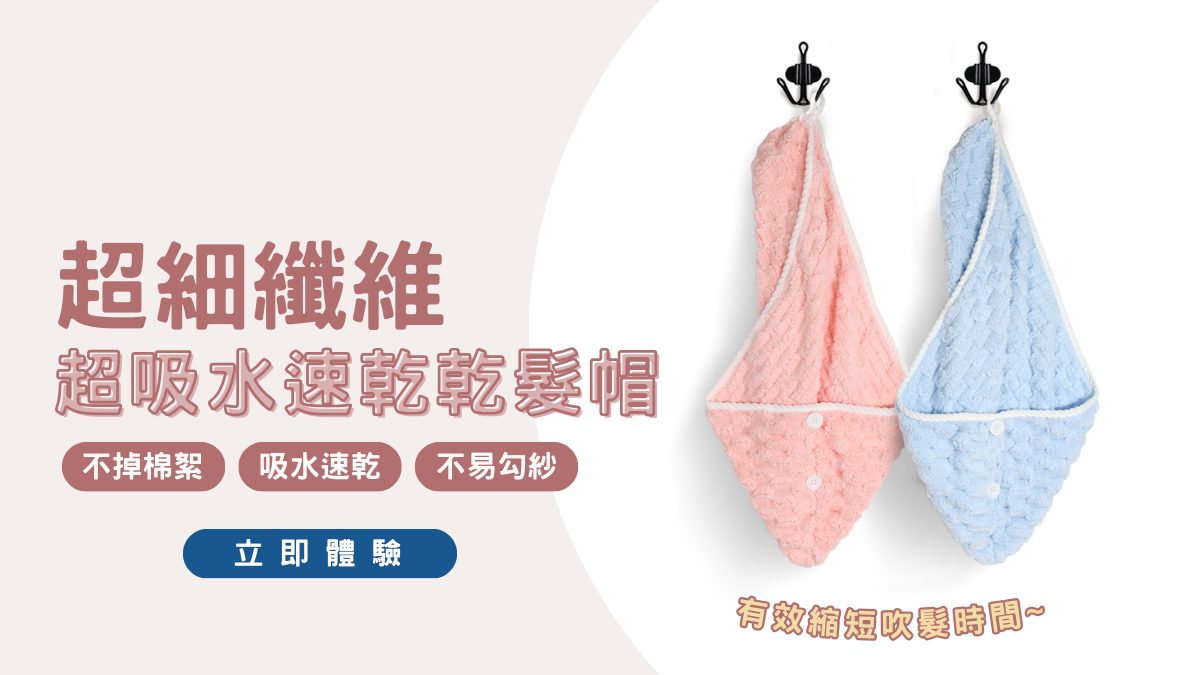2017-03-2503:00
CONVENIENT: Former provincial governor Yu Hung-chun made the request to transfer the land to the KMT and approved it after becoming premier, a committee member saidBy Yang Chun-hui / Staff reporterThe Republic of China’s (ROC) history would be “missing a piece” if the resolutions made from 1945 to 1947 by the now-defunct Supreme National Defense Council transferring the properties left by Japanese in Taiwan to the Chinese Nationalist Party (KMT) as wartime compensation are deemed inequitable, the KMT said yesterday.KMT Administration and Management Committee director Chiu Da-chan (邱大展) made the remarks ahead of a public hearing by the Executive Yuan’s Ill-gotten Party Assets Settlement Committee on the KMT’s acquisition of assets formerly owned by the Japanese colonial government through a method called “transfer and appropriation.”The council had been a body that “both represented the political regime and held the governing power” in accordance with the ROC Political Tutelage Period Act (中華民國訓政時期約法), Chiu said.If the resolutions regarding property transfers are deemed inequitable, “does that mean that other laws passed from 1945 to 1947 are also inequitable and the history of Taiwan and the ROC would be missing a piece?” Chiu said.The practice has been recorded as “transfer” rather than “transfer and appropriation” in the KMT’s early documents, Chiu said, adding that even the party headquarters had
5AD9DB4B11F7B897
CONVENIENT: Former provincial governor Yu Hung-chun made the request to transfer the land to the KMT and approved it after becoming premier, a committee member saidBy Yang Chun-hui / Staff reporterThe Republic of China’s (ROC) history would be “missing a piece” if the resolutions made from 1945 to 1947 by the now-defunct Supreme National Defense Council transferring the properties left by Japanese in Taiwan to the Chinese Nationalist Party (KMT) as wartime compensation are deemed inequitable, the KMT said yesterday.KMT Administration and Management Committee director Chiu Da-chan (邱大展) made the remarks ahead of a public hearing by the Executive Yuan’s Ill-gotten Party Assets Settlement Committee on the KMT’s acquisition of assets formerly owned by the Japanese colonial government through a method called “transfer and appropriation.”The council had been a body that “both represented the political regime and held the governing power” in accordance with the ROC Political Tutelage Period Act (中華民國訓政時期約法), Chiu said.If the resolutions regarding property transfers are deemed inequitable, “does that mean that other laws passed from 1945 to 1947 are also inequitable and the history of Taiwan and the ROC would be missing a piece?” Chiu said.The practice has been recorded as “transfer” rather than “transfer and appropriation” in the KMT’s early documents, Chiu said, adding that even the party headquarters had
-
#KEY_LIST_START#
- 九州娛樂城 #KEY_LIST_END#
-
#KEY_LIST_START#
- 大發網 #KEY_LIST_END#
-
#KEY_LIST_START#
- 甜心百家樂 #KEY_LIST_END#
-
#KEY_LIST_START#
- 拉斯維加斯娛樂城 #KEY_LIST_END#
5AD9DB4B11F7B897
文章標籤
全站熱搜


 留言列表
留言列表


